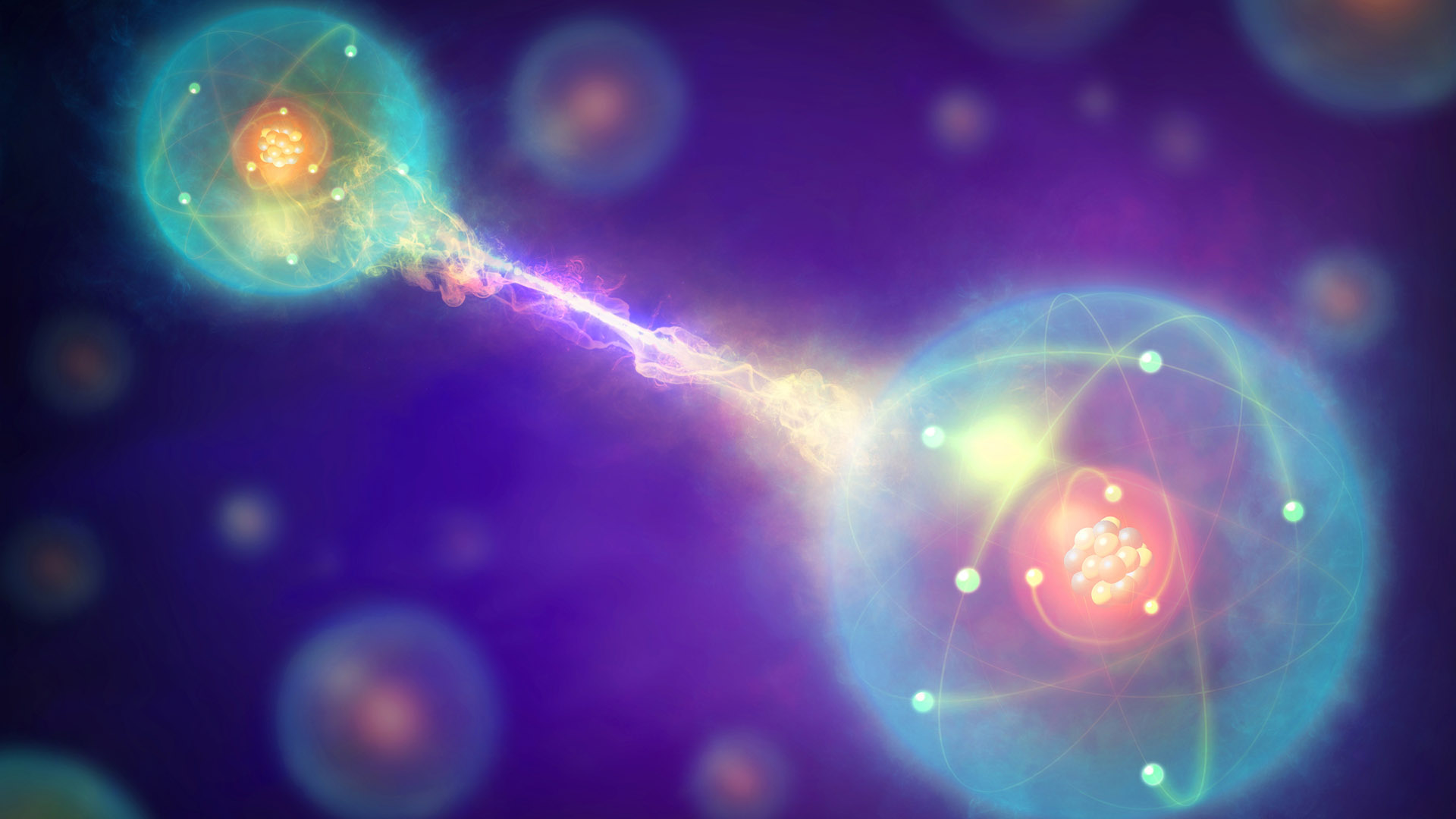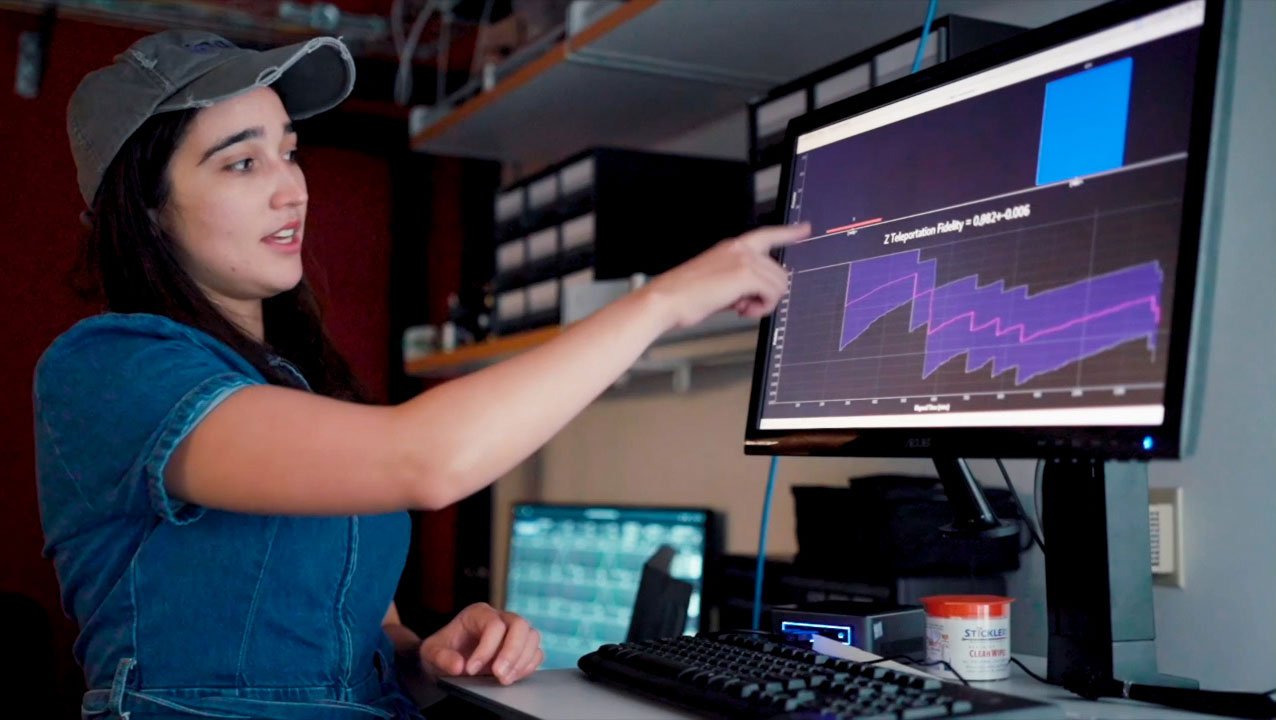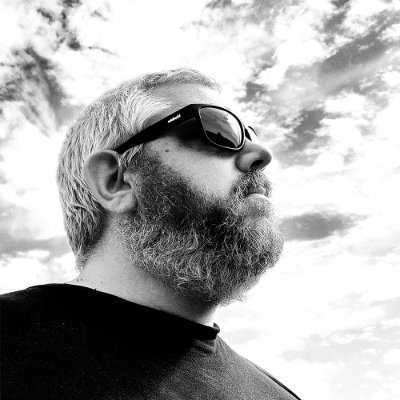How teleportation is powering the internet of the future
Is a quantum network the next step for how we transfer data?

This article first appeared in PC Gamer magazine issue 355 in april 2021, as part of our 'Tech Report' series. Every month we explore and explain the latest technological advances in computing—from the wonderful to the truly weird—with help from the scientists, researchers, and engineers making it all happen.
We like phat pipes, and we cannot lie. And over the past 20 years we've seen internet connections change from dial-up to ADSL over copper wire, to today's fibre-optics. So what's next for how we transfer data?
Imagine a network that, instead of using pulses of light to send signals, uses the properties of photons themselves. This is a quantum network, and it relies on something Einstein wasn't very fond of: quantum entanglement. Decried as ‘spooky action at a distance' by the moustachioed relativity-theoriser, entanglement means creating a pair of photons in such a way that, when you measure the quantum state of one, you immediately know the same property of the other no matter how far apart they are. Transferring information in this way is known as quantum teleportation, but rather than men in red shirts doomed to die, what's teleported here is the quantum information. If you're really clever, this is enough to build an internet.
Such really clever people include graduate student Samantha Davis and Dr Raju Valivarthi, who both work in the Division of Physics, Mathematics, and Astronomy at the California Institute of Technology. They published a paper in 2020 detailing how, using "state-of-the-art low-noise superconducting nanowire single-photon detectors" (and off-the-shelf optics) they were able to teleport qubits at a wavelength commonly used in telecommunications down optical fibres, with a fidelity of 90%. Clearly, with an error rate of 10%, they're not quite there yet, though work on this is ongoing both at Caltech and Fermilab.
What's perhaps most interesting about the Caltech work is the way it uses common networking components, and can interface with today's internet.
Davis, thankfully, lays it out simply for us, "Let's say that Alice wants to send a qubit to Bob. The problem is that we want to send it over optical fibre or even through free space, so there's going to be a lot of loss as qubits are very, very sensitive to their environment." Qubits need to be kept isolated, otherwise they decohere and lose their overall usefulness. "This is a very big problem if you want to create a scalable network, so what you can do is use quantum teleportation, which leverages quantum entanglement to enable sending qubits over longer distances."

Back to Alice and Bob, "A third person called Charlie is halfway between Alice and Bob," says Davis, "and what happens is, since we have these three nodes, Alice will send her qubit, which is encoded in a photon, to Charlie." OK, I'm with you so far. "Bob creates a pair of entangled photons, keeps one, and sends one to Charlie. So now Bob has one member of the entangled pair of photons. Charlie has Alice's photon and the other entangled photon from Bob. Charlie performs a special measurement called the Bell State measurement on these two particles that he has, and sends the results to Bob, who uses the information from Charlie to recreate Alice's qubit.
"The idea is that Alice only sent her photon half the distance, but the information was sent over double that distance. So it's the teleportation of information." Well when you put it like that, it sounds like it's moving faster than light. Are you breaking physics here? "No." Right then. "You need to still send the state completely," says Davis. "You have to communicate classically, so it doesn't violate any of the laws."
Keep up to date with the most important stories and the best deals, as picked by the PC Gamer team.
"A quantum internet has several nodes," says Valivarthi. "And they all have some sort of quantum information processing power. They're all connected to each other, and what that means is they're able to communicate quantum information between each other. Once you are able to do this, then you will be able to do some cool things."
Oh good, we like cool things. "Let's assume that these nodes are really far away in a city or some kind of network, so this kind of communication is secure. Nobody can hack it," continues Valivarthi. Quantum networks are inherently secure, because any attempt to eavesdrop changes the signal that's received at the other end. As Chairman Mao said, probably not about quantum mechanics, "If you want to know the taste of a pear, you must change the pear by eating it." If your information ends up at the receiver with a bite out of it, you know you've got a huge state intelligence agency on the line.
"Whereas [with classical encryption] we're relying on something that's very, very hard but not physically impossible to solve, such as factoring huge prime numbers, with this quantum communication we're relying on something that's physically impossible to solve," says Davis. "So as long as the laws of quantum mechanics are valid, we have secure communication. Quantum theory is the most well-tested theory of physics, so we're pretty confident."

Entangled up in blue
There's more to this than keeping the spooks out of your OneDrive, however. "There are applications like having a network of telescopes that are like entangled with each other," says Davis. "That can enhance your ability to detect astronomical signals, for example. There's a close relationship between quantum mechanics and gravity, so there are proposals for a space-to-ground network, so you can study the effects of gravity on qubits."
And what is the effect of gravity on a qubit, those pesky quantum bits that can be 1 or 0 or both at the same time and which are essential for quantum computing to work? "We don't know exactly!" exclaims Davis. "This is very much on the frontier, but it's been proposed that an effect of curved spacetime could affect the strength of the entanglement."
This sounds like one of those technologies, like nuclear fusion or quantum computers themselves, that's perpetually ten years away from the mainstream. Quantum networks, however, are almost here: "Right now the typical quantum communication experiments are in a range of 50 to 100 kilometres of fibre optics," says Valivarthi. "We need quantum repeaters to scale it up. We proposed a plan to create a quantum internet backbone connecting the 17 national labs in the US," says Davis, "and these testbeds we've created are going to be part of that."

Ian Evenden has been doing this for far too long and should know better. The first issue of PC Gamer he read was probably issue 15, though it's a bit hazy, and there's nothing he doesn't know about tweaking interrupt requests for running Syndicate. He's worked for PC Format, Maximum PC, Edge, Creative Bloq, Gamesmaster, and anyone who'll have him. In his spare time he grows vegetables of prodigious size.

